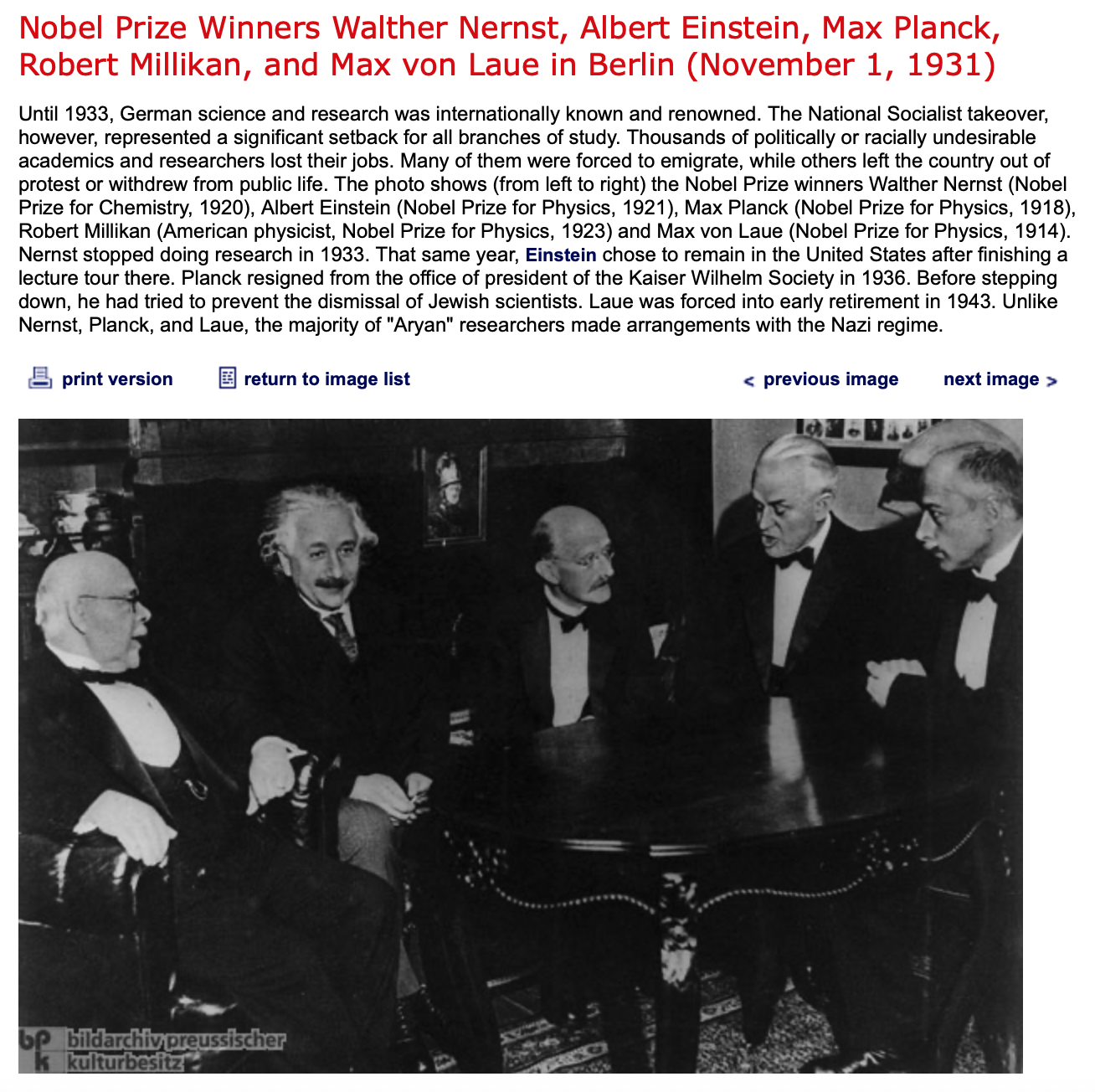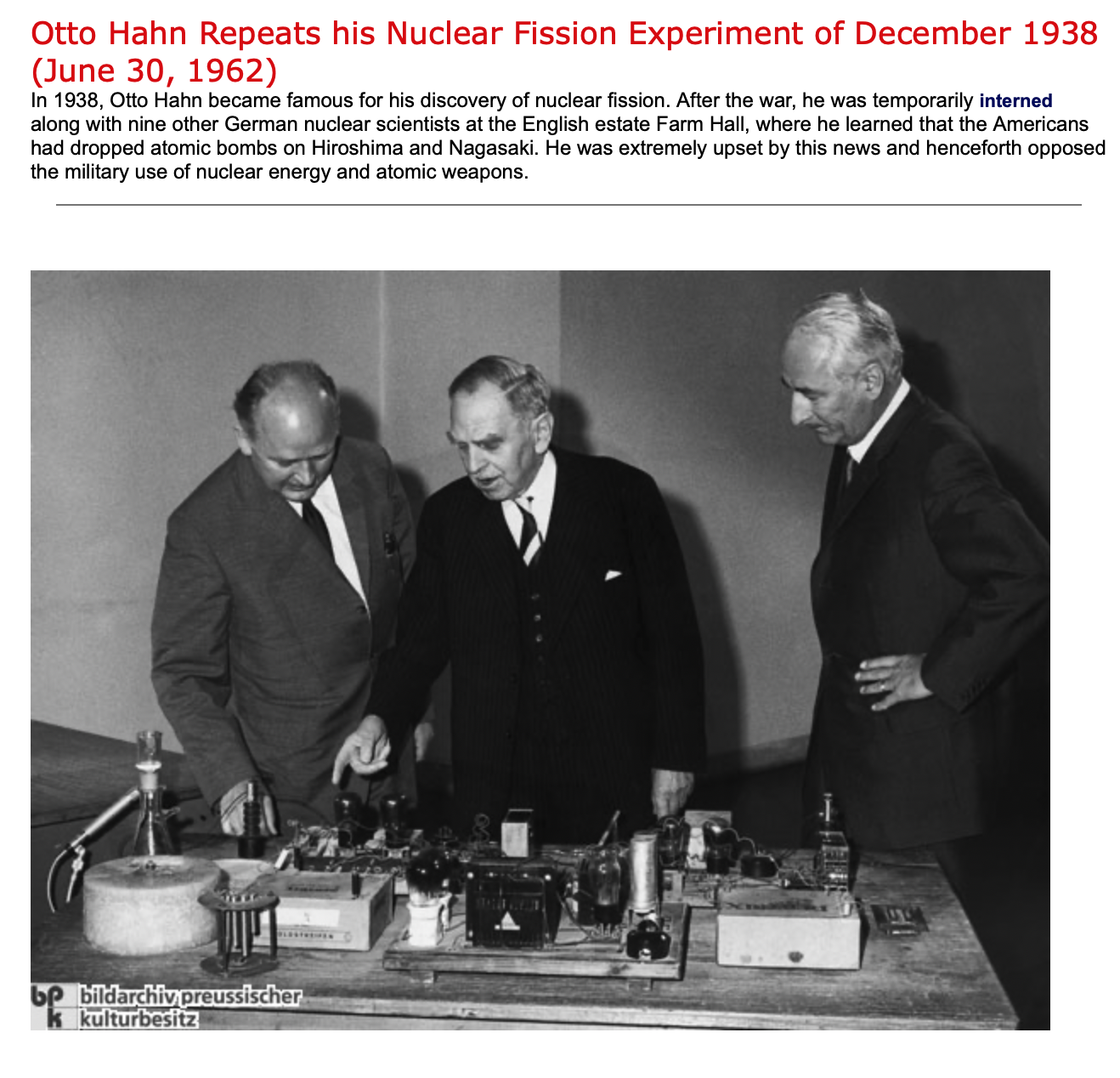/
1
2
3
4
5
6
7
8
9
10
11
12
13
14
15
16
17
18
19
20
21
22
23
24
25
26
27
28
29
30
31
32
33
34
35
36
37
38
39
40
41
42
43
44
45
46
47
48
49
50
51
52
53
54
55
56
57
58
59
60
61
62
63
64
65
·
·
·
·
·
·
·
·
·
·
·
·
·
·
·
·
·
·
·
·
·
·
·
·
·
·
·
·
·
·
·
·
·
·
·
·
·
·
·
·
·
·
·
·
·
·
·
·
·
·
·
·
·
·
·
·
·
·
·
·
·
·
·
·
·






![See: ABMA The Redstone missile was the first major project assigned to ABMA [Army Ballistic Missile Agency]. The Redstone was a direct descendant of the V-2 missile developed by the von Braun team in Germany during World War II.](https://images.squarespace-cdn.com/content/v1/522b22f2e4b04879e6b51037/1704713470138-0GZP58G1XT4FLTCAQO96/4.jpg)


























































